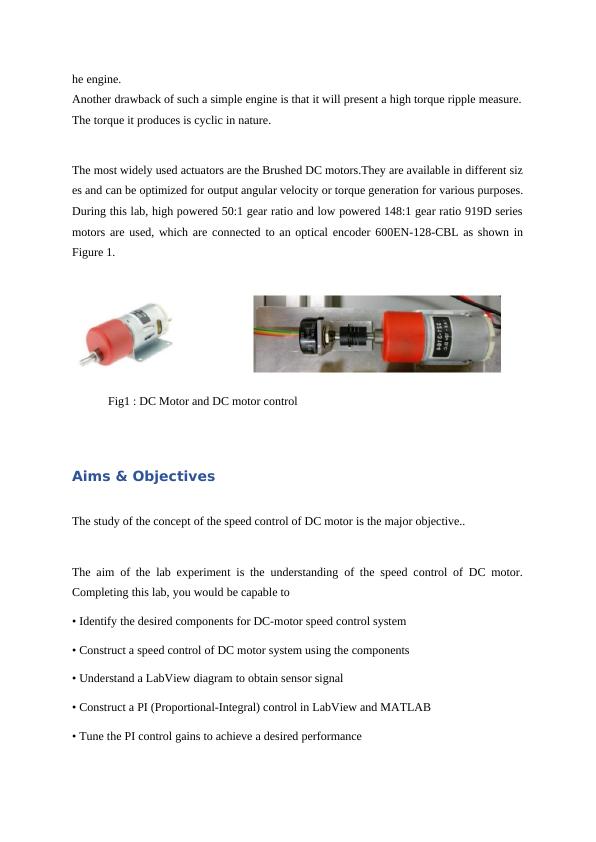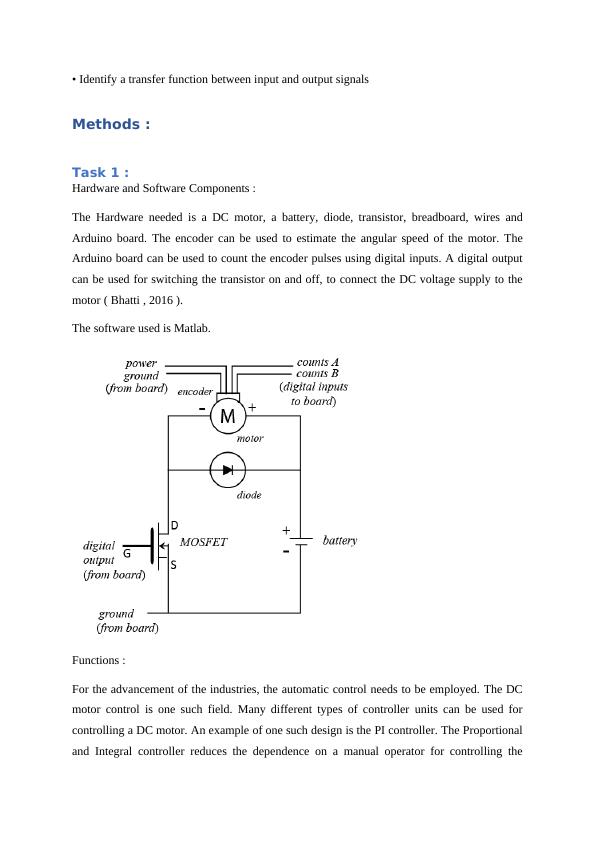DC Motor Speed Control using PI Control Assignment 2022
The aim of this lab session is to understand DC motor speed control using PI control in LabView. The lab report will contribute to 20% of the final mark of the module.
12 Pages2505 Words13 Views
Added on 2022-08-26
DC Motor Speed Control using PI Control Assignment 2022
The aim of this lab session is to understand DC motor speed control using PI control in LabView. The lab report will contribute to 20% of the final mark of the module.
Added on 2022-08-26
ShareRelated Documents
End of preview
Want to access all the pages? Upload your documents or become a member.
Comparison between Brushless DC Motors and Brushed DC Motors
|5
|1185
|463
Classifications of DC Motors
|15
|1933
|121
ELEC431 Software Engineering and Programming Assignment
|14
|1176
|234
DC Motor Depth Study-Report
|10
|2241
|446
Brushless DC Motor: Construction, Working Principle, and Parts
|8
|1266
|63
DC and AC Motor Construction and Working Principle
|11
|1409
|332




